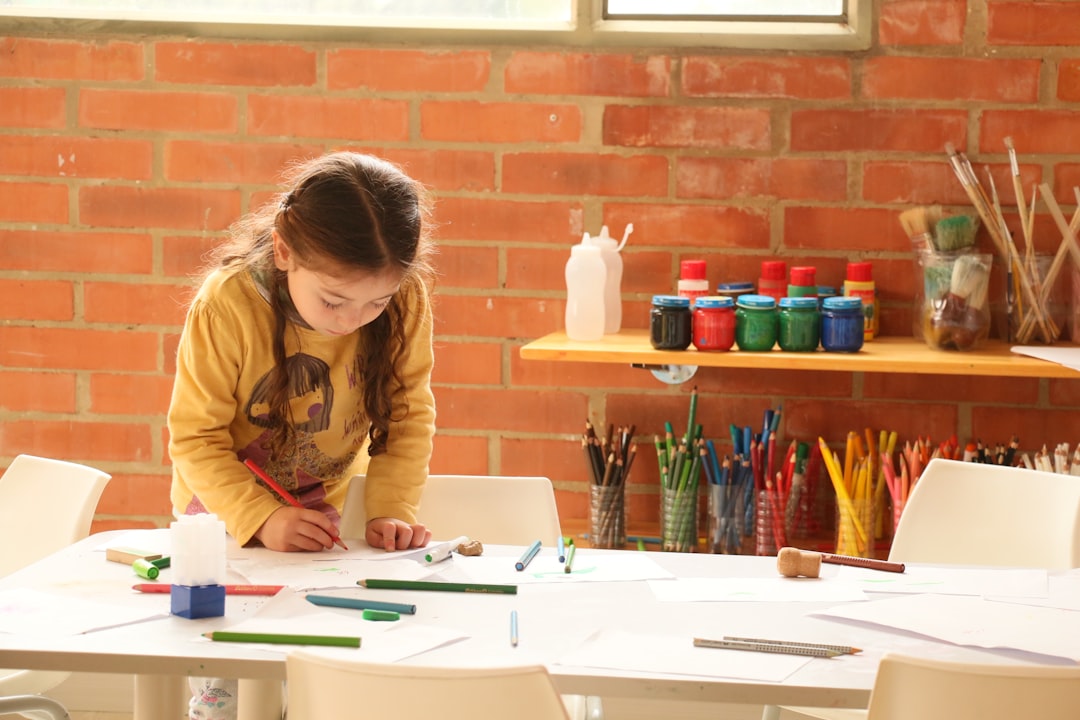The role of technology in personalized learning and differentiated instruction
Education has been revolutionized by technology in countless ways. From online learning platforms to digital textbooks, technology has made learning more accessible and dynamic. One area where technology has had a significant impact is personalized learning and differentiated instruction. These approaches aim to cater to the unique needs and learning preferences of individual students. In this blog post, we will explore the role of technology in personalized learning and differentiated instruction.
Personalized learning is an instructional approach that tailors the learning experience to meet the individual needs of each student. It recognizes that students have different strengths, weaknesses, learning styles, and interests. Technology enables personalized learning by providing multiple pathways and resources for students to explore. For example, online learning platforms allow students to progress at their own pace, and adaptive software adjusts the level of difficulty based on the student’s performance. This allows students to work on concepts they find challenging without feeling overwhelmed or bored.
Digital tools, such as educational apps and virtual reality, also provide interactive and immersive learning experiences. These tools engage students and make learning more enjoyable and motivating. For instance, a history lesson that incorporates virtual reality can transport students to ancient civilizations, allowing them to explore historical sites and artifacts firsthand. This promotes a deeper understanding and retention of the material.
Moreover, technology facilitates the collection and analysis of data, enabling educators to gain insights into students’ learning patterns and progress. Learning management systems can track students’ performance, attendance, and engagement, providing teachers with real-time data. This valuable information enables educators to identify areas where students are struggling and intervene promptly. They can also observe the progress of individual students, identify their strengths, and provide additional challenges to keep them engaged.
Another essential aspect of personalized learning is the ability to offer personalized assessments. Technology can create and deliver assessments that adapt to the student’s skill level and provide immediate feedback. This feedback informs students about their progress and helps them identify areas for improvement. Additionally, technology allows for automated grading, which frees up valuable time for teachers to focus on individualized instruction and providing targeted feedback.
Differentiated instruction is another approach that seeks to address the diverse learning needs of students. It involves tailoring instruction to meet the unique abilities and requirements of learners. Technology plays a vital role in differentiated instruction by providing a wealth of educational resources and tools that accommodate various learning styles and abilities.
For example, technology allows students to choose between reading an article, watching a video, or listening to a podcast, thus accommodating their preferred learning modality. This flexibility allows students to engage with the material in a way that suits their learning preferences and maximizes their understanding.
Additionally, digital tools offer a wide range of scaffolding resources and supports that help struggling students while challenging advanced learners. For instance, interactive tutorials, multimedia presentations, and online forums provide various ways for students to learn and understand concepts. Students who are struggling can access additional resources and receive personalized help, while advanced learners can explore more challenging materials or engage in higher-level thinking tasks.
Furthermore, technology enables collaboration and communication, which are crucial aspects of differentiated instruction. Online platforms and digital tools allow students to work collaboratively, even if they are not physically present in the same location. Students can collaborate on projects, share ideas, receive feedback, and learn from each other’s diverse perspectives. This fosters a sense of community and helps students develop social and teamwork skills.
In conclusion, technology has revolutionized personalized learning and differentiated instruction. It provides the means to tailor instruction to the unique needs and preferences of individual students. Technology enables personalized learning by offering multiple pathways, interactive experiences, and adaptive assessments. It also facilitates data collection and analysis, allowing educators to gain insights into students’ progress and provide timely interventions. Additionally, technology accommodates various learning styles and abilities, offering a wide range of resources and supports. It promotes collaboration, communication, and engagement, enhancing the learning experience for all students. As technology continues to advance, its role in personalized learning and differentiated instruction will only grow stronger, benefiting students and educators alike.








